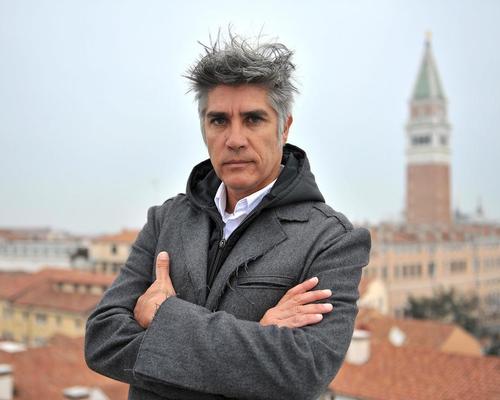23 May 2018
Alejandro Aravena reflects on impact of his Venice Architecture Biennale, as anticipation mounts for 2018 exhibition
BY Kim Megson

Pritzker laureate Alejandro Aravena has reflected on the impact of the 2016 Venice Architecture Biennale, which he curated, in the run up to the 2018 edition the renowned international exhibition, which opens to the public on Saturday (26 May).
Two years ago, Aravena’s Biennale, themed ‘Reporting from the Front’, considered major challenges facing the built environment – from natural disasters to financial constraints, pollution, crime, housing shortages and a scarcity of architectural meaning. At the time, he warned against the dangers of “banality and mediocrity” in design and hit out at “corporate architects and developers...who are developing millions of square metres of land for profit alone.”
On the eve of the 16th Biennale – curated by Yvonne Farrell and Shelley McNamara of Grafton Architects and themed ‘Freespace’ – Aravena told CLADglobal that the biggest success of the six-month event he organised was creating “a sense of accountability” among architects.
“Our intention was to agree that there are some problems, using that as a starting point and then deploy the power of architecture to solve them,” he said. “The moment you identify the problems, you create the responsibility for solving them. It made our own life more complicated because we have to consider our own accountability – which we like. We are challenged more about things now.
“Two years is far too early to see the impact, though,” he added. “If people changed their minds because of the theme, the results of that will currently only be seen on screens and desks, but not yet in the built environment. We may see the final outcome after a delay.
“What I do think people took away from it was the need to take more care of public spaces. Of course, we try to do buildings in the best possible way, about what is really fundamental, and something nobody has been taking care of is the spaces in between them. Even if we’re successful in delivering good quality in architecture, if we can preserve a good quality of common good through public space, then we may have achieved something.”
Aravena also claimed that, in his view, mundane architecture remains a perilous threat to the built environment.
“The threats we warned about at the Biennale were more obvious – like inequality, pollution or traffic,” he said, “but even if those are all solved, you may still have a built environment with no quality. We may not be aware of the damage that banality and mediocrity can have on quality of life, but it is a real danger.”
This year’s Biennale, which will run until 25 November, aims to “celebrate architecture’s proven and enduring contribution to humanity.”
According to curators Farrell and McNamara, it will focus on the question of space, the quality of space and access to open and free space.
Explaining the concept, Farrell and McNamara have previously said: “We’re interested in going beyond the visual, emphasising the role of architecture in the choreography of daily life.
“We believe that everyone has the right to benefit from architecture. The role of architecture is to give shelter to our bodies and to lift our spirits.”
Pavilions from 65 nations will showcase examples of “forgotten buildings re-visited and brought to life; transformative typologies of habitation; and infrastructural needs translated into public and civic facilities.” These will be spread across Venice’s Giardini, Arsenale historic city centre. Seven will be participating for the first time: Antigua & Barbuda, Saudi Arabia, Guatemala, Lebanon, Mongolia, Pakistan and the Holy See in Rome.
Meanwhile, 71 practices, including those led by the architects mentioned above, as well as the likes of Odile Decq, Jeanne Gang, Toyo Ito and Vo Trong Nghia, will take part in the main exhibition, responding to the theme in their own unique ways.
Talks, discussions, educational workshops and special exhibitions – including one organised by the Victoria and Albert Museum in London displaying a section of the recently-demolished Brutalist council estate Robin Hood Gardens – will also take place.
The CLAD team will be reporting from Venice this week during the press preview of the Biennale, and will post from tomorrow’s opening press conference.
Close Window